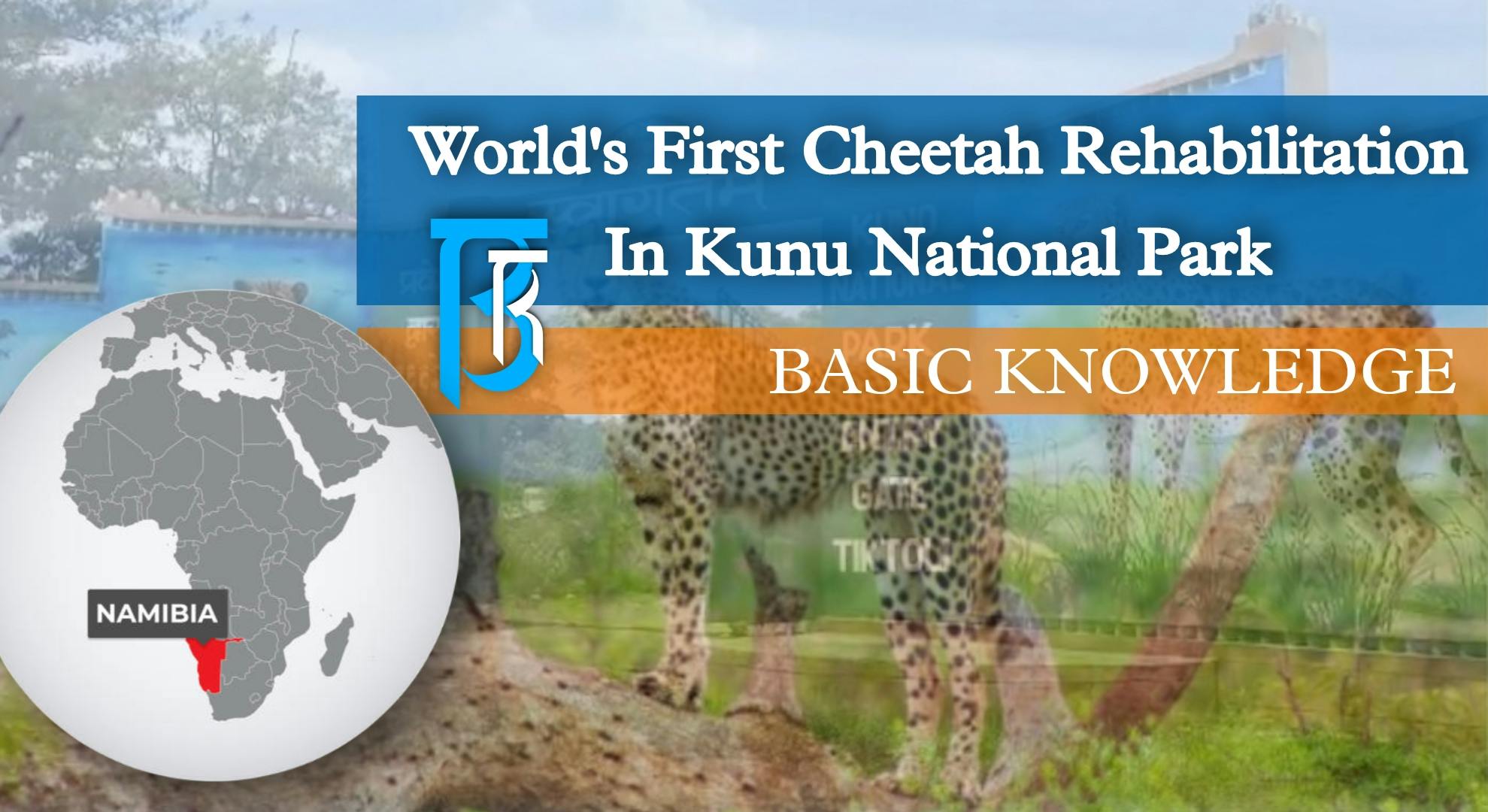WORLD'S FIRST CHEETAH REHABILITATION PROJECT

WORLD'S FIRST CHEETAH REHABILITATION PROJECT
Prime Minister Narendra Modi has released wild cheetahs in Kuno National Park and launched the world's first Cheetah Rehabilitation Project on September 17, 2022.
-Cheetahs which have been brought from Namibia are being introduced in India under Project Cheetah, which is the world's first inter-continental large wild carnivore translocation project. Out of the eight Cheetahs there are five female and three male.
Relocation of Cheetah
-In India, Cheetahs got extinct in 1952 due to hunting activities. - As a result, Union government initiated the 'Cheetah Relocation' project.
-This project is being implemented slowly after Supreme Court in allowed the Union Government to do so in January 2020.
-During 19th meeting of National Tiger Conservation Authority (NCTA), Environment Ministry released Action Plan for Introduction of Cheetah in India.
-Under the action plan, 50 African Cheetah from Namibia will be located to India in next 5 years.
-10-12 Cheetahs will be relocated during first year, in the Kuno Palpur National Park of Madhya Pradesh.
-NTCA inked a MoU with Indian Oil Corporation (IOC) to relocate cheetahs from Africa to India, under Project Cheetah in August 2022.
-As a part of the MOU, the IOC will grant 50.22 crore over four years period, for the project.
-Currently, the total cost of relocation project is ₹75 crore.
-Indian Oil will provide funds as a part of its corporate social responsibility (CSR).
Kuno National Park
Kuno National Park was established in 1981 in Madhya Pradesh as wildlife sanctuary and was later given the status of national park in 2018.
•It was named after Kuno River) one of the major tributaries of the Chambal River. It was chosen as a possible habitat for the reintroduction of cheetahs.
Cheetah:-
-The scientific name of Cheetah is Acinonyx jubatus and they are a large cat native to Africa and central Iran.
-They are fastest land animal, with running speed of 80 to 128 km/h. They have been listed as Vulnerable on the IUCN Red List